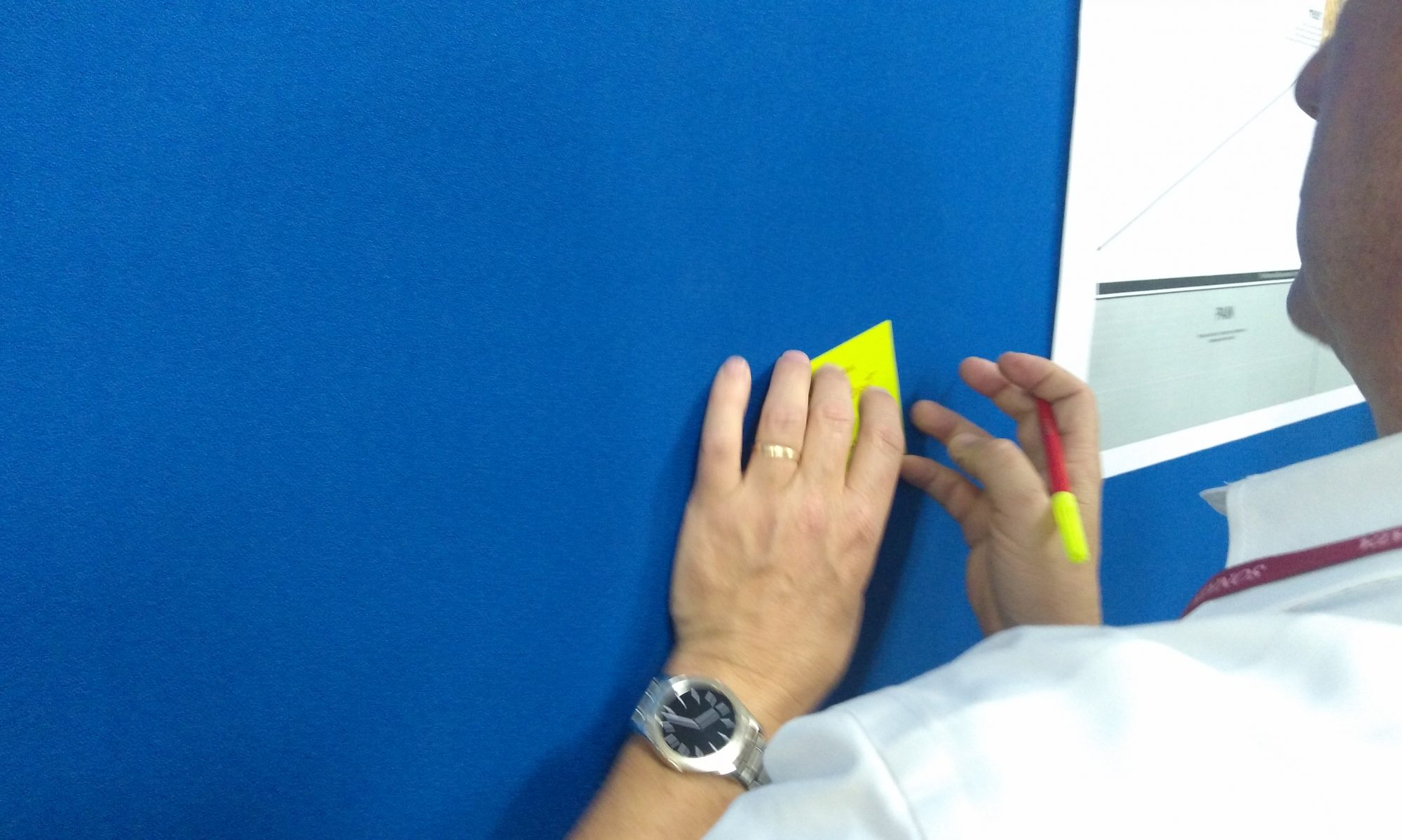Ever wonder how a good doctor is able to focus on the one or two possibilities even without the help of diagnostics? Now go try teaching hospital administrators the trick.
Good designers are just like good doctors.
They find great alternatives, not necessarily by processing information (codified) like a computer does, but by an invisible skill — Design Thinking. Malcolm Gladwell explains the phenomenon in his book Blink: The Power of Thinking Without Thinking (2005) [I’m not saying I agree with everything in the book … but nevertheless].
The example of Kenna, a musician who is loved by critics for his eclectic style but fails to get a record deal because his music does not test well in marketing surveys, is instructive, as it illustrates how the “thin-slicing” of experts differs markedly from the mass market. Other examples in this chapter include the failure of “New Coke” in the 1980s, when Coca-Cola attempted to improve sales by making a version of Coke that tasted more like Pepsi because blind taste test results favored Pepsi, as well as an office chair that did not test well in marketing surveys but that turned out to be a best-seller. In this chapter, Gladwell highlights how expert thin-slicing is especially valuable and considerably more accurate in judging worth than the mass market or the novice, concluding that what turns out to be a successful product might be more accurately judged by the people who are experts in that field.
Design Thinking is not just a series of steps to carry out mindlessly. Forget the process and tools for a moment and focus on understanding the user first. While doing so, use every bit of your past experience and knowledge in designing products and services that have the potential to enrich end-user experience.
Trust your gut, don’t just hand over that part to Design Thinking or any other “tool”. Good luck!
Image: https://in.pinterest.com/source/cope-yp.blogspot.com/






 Special Golden
Special Golden

